|
William Murdoch Beall—now there’s a name that should have stuck with me after first seeing it in print over 25 years ago in a local used bookstore. Sadly, it made a brief impression on my eyes and went in “one ear and out the other.” Yesterday, I found myself standing face to face with his grave monument located in Mount Olivet’s Area F. However, I was now fully aware with my senses and even able to put a face with this monument, a unique accomplishment because this man died in 1847. A few weeks back on a snowy January day spent at home, I found myself organizing, and re-arranging, some of my vast collection of old history books and publications. I stumbled upon several vintage editions of The Maryland Historical Magazine, an offering that has been published quarterly by the Museum and Library of Maryland History of the Maryland Historical Society. The several, paper-bound volumes I own vary in date and range from throughout the entirety of the 20th century. 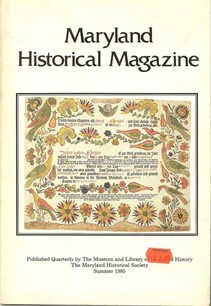 I happened across Volume 80, Number 2 dating from the summer of 1985, an especially interesting time for me as it marked the educational life bridge between my graduation from Gov. Thomas Johnson High School in May, and the start of my collegiate experience at the University of Delaware beginning the following September. I did not obtain this magazine at that time (summer 1985) as I knew very little of Frederick’s history, and was too busy in other pursuits as I was heading to college. However, things were drastically different a decade later as I was actively producing local history documentaries for my employer (Frederick Cablevision) about our county and county seat. This periodical fell into my hands as part of a larger purchase of a smattering of like editions featuring stories with unique connections to Frederick history. In this particular case, the magazine in question included some interesting Black history articles which caught my eye because I was currently working on my documentary Up From the Meadows: A History of Black Americans in Frederick County, Maryland. There was also an interesting Civil War offering in this edition, but the one that most intrigued me was an article entitled Letters to and from Frederick, Maryland, 1833-1848. It was written by Alexandria Lee Levin—more on her in a moment.
Before I recount that which I’ve learned about the fore-mentioned Mr. Beall and the content of some of his family letters, I performed an internet search on the article’s author. I soon learned that she was a direct descendant of our subject—a great-granddaughter. This woman, Alexandra Lee Levin, lived in Pikesville at the time of her passing in 1997, just one year after I purchased the historical magazine. Ms. Levin was also a descendant of the famous Lee family of Virginia, and had died of Lou Gehrig's disease, at the age of 84. Alexandra Lee Levin was a self-taught writer, whose family history provided material for some of her own published works. She was a prolific contributor to the Baltimore Evening Sun op-ed page and other publications, including American Heritage, the Maryland Historical Society Magazine and the Jewish Historical Society journal. An obituary in the Baltimore Sun reported that Ms. Levin made some interesting discoveries in the basement of her former home in Forest Park. Here, in a few battered trunks, the author found a treasure trove of old family letters, which painted vivid pictures of the life and times of ancestors past. Among these, were nearly 100 letters by Enoch Pratt, the benefactor of Baltimore's public library system. Apparently, the trunk's contents had not been examined since1906 and had been largely forgotten. The Pratt letters included one written to Ms. Levin's great-grandfather, John Knight, a Natchez, Mississippi cotton and hardware merchant. This is very pertinent because I wrote a story involving a wealthy planter named John Knight (1806-1864)back in July of 2017 entitled “Breakfast at Tiffany’s….or McDannold’s.” This tale remains one of my favorite stories written as it involved the untimely death of Mr. Knight’s grandson, John Knight McDannold (b. 1874) who died of pneumonia (in Savannah, Georgia) in early February, 1899 while en-route to Cuba with a friend. McDannold’s grandmother, Frances “Fannie” Zeruiah (Beall) Knight (1813-1900), placed a large Celtic Cross monument on his grave, made by the famed Tiffany’s of New York.
Before I get to Mr. William Murdoch Beall in earnest, I will review what I learned back in 2017 regarding his daughter Frances “Fannie” Zeruiah (Beall) Knight from writing my earlier “Story in Stone” piece. First things first, the name Beall is pronounced "bell." Fannie was born in Frederick County in 1813, the daughter of a county sheriff hailing from the Urbana area. Mrs. Beall’s grandfather, Elisha Beall (1745-1831), was a veteran of the Revolutionary War—serving as a lieutenant in the Maryland battalion of the Flying Camp under Capt. Reazin Beall at the Battle of Long Island. His home, named Boxwood Lodge, still stands north of Urbana along MD355. Mrs. Knight was supplied with a hefty inheritance left by her late husband, John Knight, a successful merchant. John Knight was originally from Frederick, but moved to Indiana with his family when he was ten. His father (Elijah) died that same year (around 1816), and his mother (Sarah Dix) followed suit three years later. He instantly became responsible for six little siblings. Eventually, Knight flew the coop, hiked to Cincinnati on his own, and apprenticed in the printing trade. At 19, John Knight went to Natchez, Mississippi and made a fortune as a cotton plantation owner and merchant, operating a hardware store. The young man came back to Frederick in 1833 and took a cousin, Fanny Beall, as his bride. Fannie’s parents (William Murdoch and Fannie (McCleery) Beall) were Mr. Knight’s aunt and uncle on his mother’s side. Yes, these lovebirds were also first cousins. Two sons were born to the Knight couple in 1834 and 1835 respectively, but both died in the years following their birth. The Knights, likely devastated with grief, returned to Mississippi where their daughter Frances (Knight) McDannold (John and Alexandra’s mother) was born. John Knight would not return to Maryland, and the US for that matter, during his own lifetime, dying in October, 1864. At the time of his death, the Knights were residing in Biarritz, France, a resort town on the southwest coast of the country. Fannie Knight came back to Frederick and took up residence with her sister in downtown Frederick. She had plenty of money, including the means in 1866 to have Mr. Knight’s body shipped across the Atlantic to be re-interred here in Mount Olivet. This occurred in June of that year. She also had her deceased two children, who died in the mid-1830s, reburied here in 1856, after being originally buried from in All Saints Episcopal graveyard. A large obelisk-style monument would be erected over the Knight gravesite. Mrs. Knight would keep multiple residences and continued traveling, but utilized Frederick as her home base. Her permanent winter residence was located at 217 East 2nd Street. It is here where the McDannold children came to live in the mid-1880s from New York City after being orphaned by the premature deaths of their parents. William Murdoch Beall William Murdoch Beall was born March 16th, 1789 to Rev-War veteran Elisha Beall and wife Jane Perry. Elisha’s father, Nathaniel Beall, was one of the first inhabitants in the area of Urbana, and built a log cabin structure here on the property. The cabin was later supplanted by a stone masonry house around 1810, and named Boxwood Lodge. The house still stands today on the east side of Urbana Pike, sandwiched in between the Villages of Urbana and the Urbana District Park where my boys played many a flag-football games through the Frederick County Parks & Recreation program. Elisha died in 1831 and in his will gave his third son, William Murdoch, 131 acres of his property including the stone dwelling house. William Murdoch Beall is said to have been “a man of standing” in the Frederick Community. Elected one of the managers of the Farmers & Mechanics Bank when it opened in 1817, he rose in rank to become cashier, second only to the bank’s president, Dr. William Tyler. The bank was located on the northeast corner of North Market and East 2nd Street. The family owned the farm in Urbana, but their primary residence was in Frederick and actually next to Mr. Beall's workplace. The Beall's lived in a house at the north corner of N. Market Street and Market Space. The former location of the home is today the alley adjacent Brewer's Alley restaurant that leads back to a parking deck and additional parking spots and a restaurant in Market Space. The home had come through inheritance and trusts from Andrew McCleery, Mrs. Beall's grandfather. Ms. Alexandra Lee Levin gives us a glimpse of William M. Beall’s family by relaying the contents of a letter written in July, 1833 regarding the marriage of Mr. Beall’s daughter Fannie who I introduced to you earlier. The occasion was her marriage to John Knight on July 16th, 1833 as it was the social event of season. Apparently the guest list had to be “drastically curtailed” according to Ms. Levin as she transcribed content from a letter written by Fannie’s sister, Jane Mary Ann Beall Pettit, who had traveled from her home in Cumberland for the special occasion. 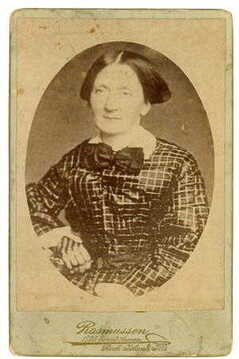 Jane M. A. (Beall) Pettit Jane M. A. (Beall) Pettit Among the guests who made the cut for this wedding (held at the Beall residence), was Fannie’s maternal aunt, Zeruiah McCleery Knox, widow of Rev. Samuel K. Knox who had died the previous year. Dr. Knox was the first principal of Frederick College, aka “the old Academy” once located on Council Street adjacent Court House Square. (See earlier story from May, 2020 entitled "Fort Knox.") Mrs. Pettit penned the letter to her husband, Henry McEwan Pettit, in which she recounted the joyous event. (Note: At the outset of the letter, Ms. Levin learned that the writer had taken ill, and had retired to her bedroom early.) “Frances looked lovely in her white dress, white satin slippers, and lace veil. She carried a Berlin-work beaded bag and a handsome fan. There were no females out of the family except Mrs. William Tyler and Mrs. Samuel Tyler. Mr. Smith married them. There was pretty much a squeeze. All kinds of refreshments were provided in abundance, but no supper. The noise disturbed me until one o’clock when the house was finally still. I fell asleep and was awakened between one and two o’clock by music—they were serenading Frances—a clarinet and flute accompanied by two voices. They first played the “Arab’s Daughter.” The bride and groom left in the nine o’ clock car for Baltimore on their way to New York, where they will stay three weeks.” Interestingly, more on the Knight newlyweds was shared in another letter as they returned to Frederick (from New York) and had a harrowing trek to Mr. Knight’s home in Mississippi. Some of the journey utilized the relatively new National Pike as the couple traveled by stagecoach and likely visited the Pettits on their way through Cumberland. The letter states: “The coaching agent had promised them the very best vehicles and horses throughout the entire route (to Cincinnati), but they were consistently put into old coaches with broken down or unmanageable horses. This resulted in continual delays plus a bruising upset at the foot of Sideling Hill, the exceedingly steep grade midway between Hagerstown and Cumberland. It was with relief that they finally reached Cincinnati where they took a boat for Louisville. They would arrive safely at Natchez on September 24th, 1833.” I assume the Bealls visited the Knights in Natchez at some point as there are letters talking of trips by other family members. One such was sent by Frances (McCleery) Beall to her sister, the previously mentioned Zeruiah (McCleery) Knox, who at the time received the letter while visiting her niece in Mississippi. The highlight of this letter came in Mrs. Beall saying that she had recently persuaded her husband to forego his favorite sport of betting on gamecock fights in town, and he, in turn, had requested her to give up taking snuff. William Murdoch Beall was a delegate of the Jackson Convention held in Baltimore in 1827 and served as Secretary. Ms. Levin uncovered some letters that exemplified Mr. Beall’s connection to Andrew Jackson and the forementioned convention’s chief organizer, a Frederick lawyer named Roger Brooke Taney: “A staunch Jackson man, William M. Beall counted as his oldest and best friend Roger Brooke Taney. On August 5, 1834, Roger Brooke Taney and his brother-in-law, Francis Scott Key, spent the night at the Beall home. The following day an escort of over one hundred persons, mounted on horseback, turned out in Frederick to meet Taney, a distinguished former resident of town, and conducted him to a dinner given in his honor. This banquet took place at Courthouse Square, site of today’s Frederick City Hall. Another family connection comes into play here as the courthouse itself had been designed in 1785 by architect Henry McCleery, Mr. Beall's father-in-law. A book published in 1967 to commemorate the Sesquicentennial of F & M Bank includes an interesting anecdote and letter from 1833 involving friends Beall and Taney. First a little context as Roger Brooke Taney entered President Jackson's Cabinet as Attorney General in 1831 and was Jackson's legal advisor during the President's crusade against the Second Bank of the United States. After Jackson was reelected in 1832, Taney advised him to withdraw the Government's deposits from the Bank. When Treasury Secretary Duane refused to do so, Jackson named Taney Acting Secretary in his stead. Taney's appointment was never confirmed by Congress, but during his nine months as Acting Secretary he transferred the Government's deposits from the Second Bank to designated commercial banks throughout the country. On October 15th, 1833, Taney wrote to William M. Beall: Washington, DC: My dear Sir: After congratulating you most sincerely on the result of the elections. I have to thank you and our friend Schley...for the kind vindication of me which appeared in the Herald...the people appear tp be ratifying most triumphantly the removal of the deposits—and it bids fair I think to be one of the most popular acts of the administration...made the currency more sound and healthful than it was before by compelling the Bank of the U. States to honor the notes of its distant branches...It is I think the final blow to the Bank of the U. States and its dissolution at the end of its charter is now inevitable. But to leave politics and come to humbler subjects—If you meet with a cow that is really a good one give a liberal price if necessary. My object is to get a good one and I leave it entirely to your judgement what price ought to be given—I shall be entirely satisfied with what you do—and obliged by the trouble you take-- I am dear Sir truly your friend, R. B. Taney Ms. Levin in her article continues with another story: “When Taney became Chief Justice of the US Supreme Court, the second letter he wrote after hearing of his confirmation by the Senate was to Beall on March 23, 1836. His first letter was to President Andrew Jackson. In March 1837 ex-President Jackson set out on his homeward journey to his residence, The Hermitage, near Nashville, Tennessee. Two days after Martin Van Buren took office on March 4, Jackson boarded the steam cars of the B&O which conveyed him to the western terminus of the railroad at Ellicott’s Mills. From thence he was to (stage) coach to Wheeling. William M. Beall, Dr. William Tyler, and Judge Abram Shriver were chosen to greet him as he passed through Frederick. Taney accompanied Jackson to Frederick and introduced the Beall family to the old general. The Beall’s youngest daughter, Martha (b. 1820), remained with her parents until her marriage in January, 1842 to Samuel Hunt, formerly of Frederick but then a prospering leather goods merchant in Baltimore. (She would live out the rest of her life in Charm City, dying in 1891 and buried in Greenmount Cemetery.) The empty-nester Bealls soon became the focal point of a very special present concocted a few months later for daughter Fannie, all courtesy of son-in-law John Knight. As part of an annual buying tour for his Natchez store, John Knight found himself in New York City in August of 1842. While there, he wanted to obtain a very special gift for wife. He sought out a noted portrait artist by the name of Edward Dalton Marchant (1806-1887), originally from Massachusetts. Largely self-taught, Marchant began his career as a house painter, but eventually set up a portrait studio in his hometown of Edgarton. He is known to have studied briefly with artist Gilbert Stuart in Boston in 1825, familiarizing himself with the artist's style. Marchant began a career as a journeyman artist by late 1826, advertising his services (of painting prominent citizens) as far away as Charleston, South Carolina. He would relocate to New York City after 1832, completing many portraits of well-to-do merchants and political leaders during the 1830s and 1840s. In a letter dated August 15th, 1842, John Knight notified Mr. and Mrs. Beall that he had hired Marchant to paint their portraits, one hand each, for the price of $250. The artist’s room and board would be supplied by the Bealls while he worked on location here in Frederick to complete the contract. Mr. Beall wrote to Knight five weeks later on September 21st: Mr. Marchant arrived here on the 5th and commenced operations the next day, finishing the pictures on the 17th. He stayed at our house whilst he was in our city. He left this morning for Baltimore after tendering your Aunt Beall and myself many thanks for our kindness to him. We were both pleased with him and found him a modest, unassuming, and intelligent gentleman. When Mr. Thompson (Jerome B. Thompson)an artist who is painting in Frederick now, heard that you had selected Mr. M. he said he was astonished at your sending him, and that if you had selected Page (William Page) or Henderson (David English Henderson) you would most certainly have obtained good likenesses and fine painters. He thinks Marchant cannot paint, and that his pictures are gaudy. I, however, found Marchant remarkably sensitive, and these remarks of Thompson annoyed him excessively, saying that Thompson, in his opinion, was a strange fish and wholly irresponsible, and was so considered by all who knew him. Marchant was about seven days engaged at my portrait. He says it was one of the most troublesome he ever took, owing to the variability of my countenance. Your Aunt’s was completed in about three days, as he had but little trouble with hers in consequence of the uniformity of her face. He has given mine a serious, contemplative cast, or shall I say, a business expression, which he supposed would be more pleasing to you and would wear better than a smile. The eyebrows are consequently somewhat contracted and there is some little severity indicated in the expression, but he has painted me faithfully, for when my mind is engaged, my appearance is almost invariably austere and repulsive, yet the lips exhibit a sufficient degree of pleasantry to counteract the severity of the brows. Your Aunt’s is amiability itself, consequently most accurately taken, for a sweeter woman does not live on this earth. On one side of my canvas he has an inkstand with two pens and several packages of papers sealed up, indicative of my profession. On your Aunt’s he has a Bible in front of her on a stand, with a small slip of white paper projecting, showing the place where she had been reading. While sitting, I wore my winter clothing, blue coat and blue-black velvet vest, while your Aunt wore her blue-black silk dress, crimped collar, a gauze scarf, and cap of Irish gauze with long tabs. Her left arm is resting on the top of the chair with the hand hanging down, the veins on the back of the hand painted to the life. He has given me an excellent forehead, better than I supposed I possessed; Marchant, however, says not. The pictures produced considerable excitement and about seventy people visited here to see them. Some say that my likeness is good and your Aunt’s couldn’t be better, while others say the reverse. As evidence that they are both good, I will say that all the children in the neighborhood knew who they were in a minute they laid eyes on them. Artist Thompson, who had been so contemptuous of Marchant, completed Miss Schley’s portrait a few days before Marchant finished his. Marchant took eleven days to do both of ours, while Thompson had spent three weeks on hers. I have seen her portrait, and you may rest assured that it bears no comparison to ours, for although she is a young, sprightly girl her picture does not exhibit one-fourth of the expression that ours do, notwithstanding our being grandparents and plain people. In addition, his picture is gaudy.” I’m assuming that Fannie enjoyed the portraits of her parents which made their way to Natchez and eventually would return to Frederick when she moved here after John’s death. As for the artist, Marchant is known to have completed commissions in several Ohio cities as well as in Nashville and New Orleans, before settling in Philadelphia in 1854 where he would remain for another thirty years. Although mostly known for his portraits in oil, Marchant also created miniatures, including a self-portrait of himself. An ardent opponent of slavery who advocated for the return of slaves to Africa, Marchant was commissioned by the Union League of Philadelphia in December 1862 to paint a portrait of Abraham Lincoln to be displayed in Independence Hall. The artist worked in the White House for several months in early 1863, having daily contact with the President, and ultimately depicted him seated at a table having just signed the Emancipation Proclamation. This was not the first US President to sit for the artist as E. D. Marchant also painted portraits of John Quincy Adams and Andrew Jackson, plus was commissioned to paint a portrait of Congressman Henry Clay. William Murdoch Beall died on April 23rd, 1847. Thankfully, his family had a professional likeness to remember him by. The Frederick Examiner newspaper eulogized Mr. Beall as: "one of the most useful, energetic and valuable of our fellow citizens. He was a member of the electoral college for the State Senate, was Sheriff of the County, for many years Cashier of the Farmers’ and Mechanics’ Bank of Frederick County, and at the time of his death President of the Mutual Insurance Company of Frederick County. In all the relations of life, he was marked for his integrity, sound judgment, and solid worth.” William Murdoch Beall was originally laid to rest in the burying ground of All Saints Episcopal Church, once located between Carroll Creek and East all Saints Street. His body was moved to Mount Olivet in 1856, two years after the cemetery opened. The family lot is Area F/Lots 54 and 55. Mrs. Beall can be found as head of household in Frederick City in the 1850 Census, along with daughter Jane Mary Ann Pettit who had relocated from Cumberland after being widowed herself in 1847. Frances (McCleery) Beall died in 1852, and would also be buried twice, so to speak. Mrs. Beall's 1852 will left in trust to daughter Jane "the house now occupied by me as a dwelling and by J.J. and D. B. Hunt as a dry goods store." In 1857, Jane purchased the home on East 2nd Street, and would be joined there by sister Fannie Knight in the 1860s. Jane (Beall) Pettit died in 1892, at which time she would be buried with her husband in the plot immediately behind her parents, and diagonally from John Knight who had been re-interred from France. Fannie Knight lived up through 1900. Author's Note: The Knight Family papers can be found in a collection consisting of 13 boxes housed at the Duke University Library in Durham, North Carolina. Here is an abstract for the holding:
Correspondence, diaries and notebooks, financial papers, legal papers, genealogical documents, printed materials, and other materials pertain to the Knight family of Natchez, Mississippi and Frederick, Maryland. Materials in the collection date from 1784 to 1960, and the bulk date from the 1840s to the 1890s. The majority of the papers concern the personal, legal, and financial activities of John Knight (1806-1864), merchant, plantation owner, and investor; his wife Frances Z. S. (Beall) Knight (1813-1900); and their daughter Frances (Fanny) Beall Knight; as well as relatives, friends, and business partners, especially banker Enoch Pratt and William M. Beall. Significant topics include: life in Natchez, Mississippi and Frederick, Maryland; plantations, slaves, and slavery in Mississippi and other Southern states; 19th century economic conditions, especially concerning cotton, banking and bank failures; U.S. politics in the 1850s-1860s; the Civil War, especially in Maryland; cholera and yellow fever outbreaks; 19th century family life; and the family's travels to Europe, Russia, and other places from 1850 to 1864. Genealogies chiefly relate to the descendants of Elisha Beall of Maryland, and the McCleery, Pettit, and McLanahan families of Indiana and Maryland.
3 Comments
Earl porter
2/16/2021 10:41:13 am
Is j. Glenn Beall involved with this family?
Reply
Janice Baudassi
2/17/2022 07:55:38 pm
This is really fascinating. My Beall family is from New Market / Bartonsville area and I assume is somehow connected to the Urbana Beall family. This is the most new information I have found on the Bealls in some time and definitely the most detailed. I've heard of William Murdoch Beall as many people have him linked as a direct ancestor to my family tree, but all of my own research shows he only had two daughters and no sons. It's a really tough surname to research as it can be spelled Beall or Bell; Plus, they all give their kids the same names so you really have to pay attention to dates and locations.
Reply
Janice M Baudassi
2/17/2022 08:02:38 pm
Correction: The farm was on Bells Lane in Bartonsville, not Bell Road.
Reply
Leave a Reply. |
STORIES
|
Archives
July 2024
June 2024
May 2024
April 2024
March 2024
February 2024
January 2024
December 2023
November 2023
September 2023
August 2023
July 2023
June 2023
May 2023
April 2023
March 2023
February 2023
January 2023
December 2022
November 2022
October 2022
September 2022
August 2022
July 2022
June 2022
May 2022
April 2022
March 2022
February 2022
January 2022
December 2021
November 2021
October 2021
September 2021
August 2021
July 2021
June 2021
May 2021
April 2021
March 2021
February 2021
January 2021
December 2020
November 2020
October 2020
September 2020
August 2020
July 2020
June 2020
May 2020
April 2020
March 2020
February 2020
January 2020
December 2019
November 2019
October 2019
September 2019
August 2019
July 2019
June 2019
May 2019
April 2019
March 2019
February 2019
January 2019
December 2018
November 2018
October 2018
September 2018
August 2018
July 2018
June 2018
May 2018
April 2018
March 2018
February 2018
January 2018
December 2017
November 2017
October 2017
September 2017
August 2017
July 2017
June 2017
May 2017
April 2017
March 2017
February 2017
January 2017
December 2016
November 2016

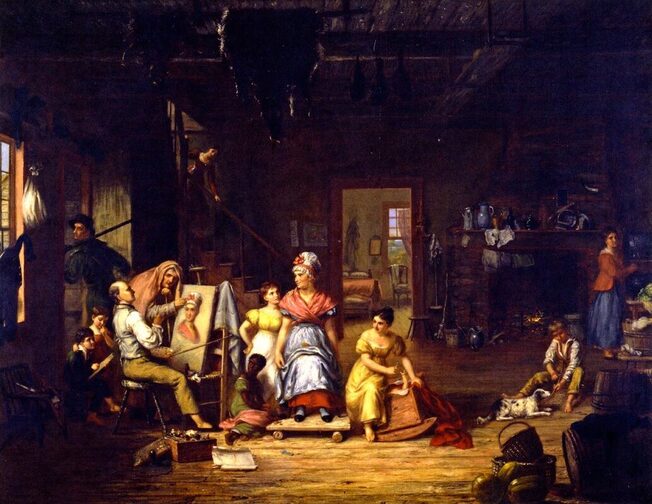
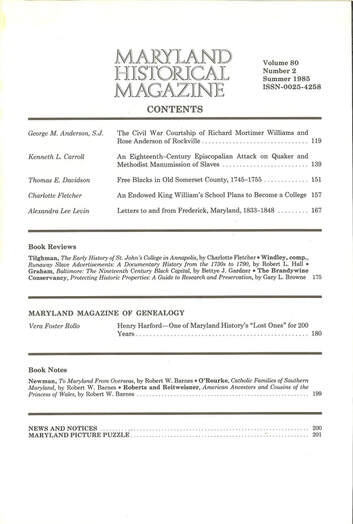
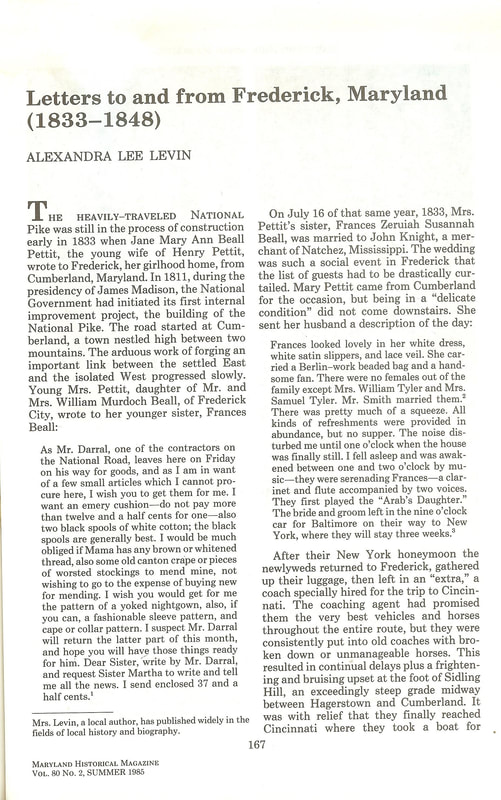
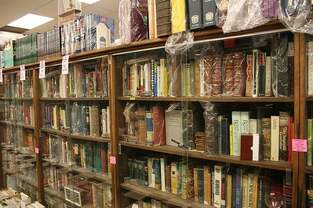
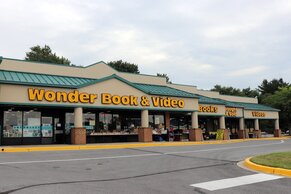
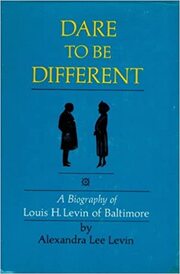
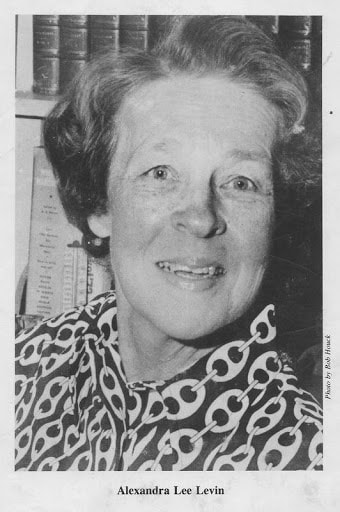
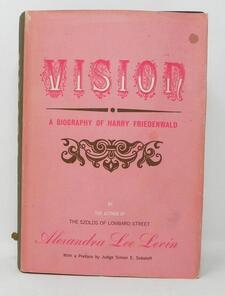
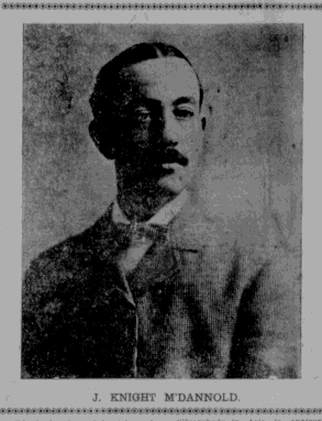
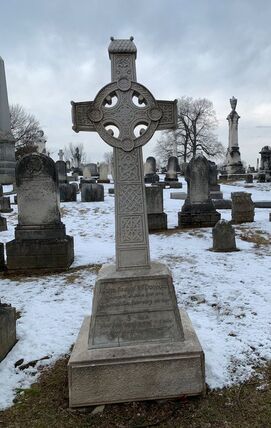
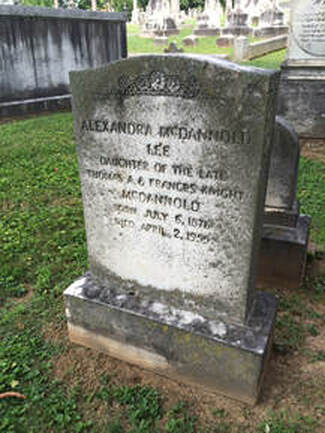
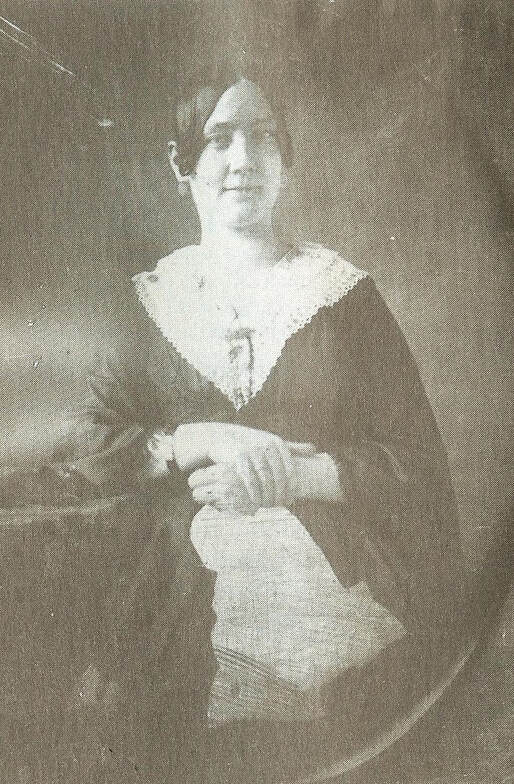
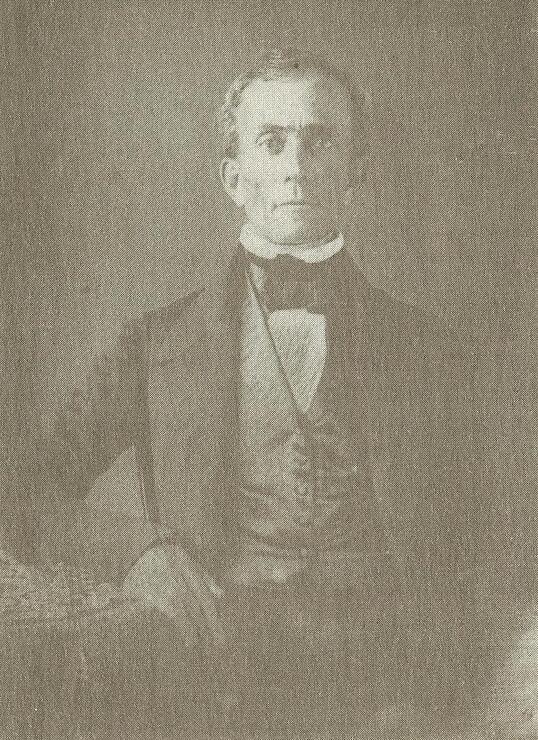

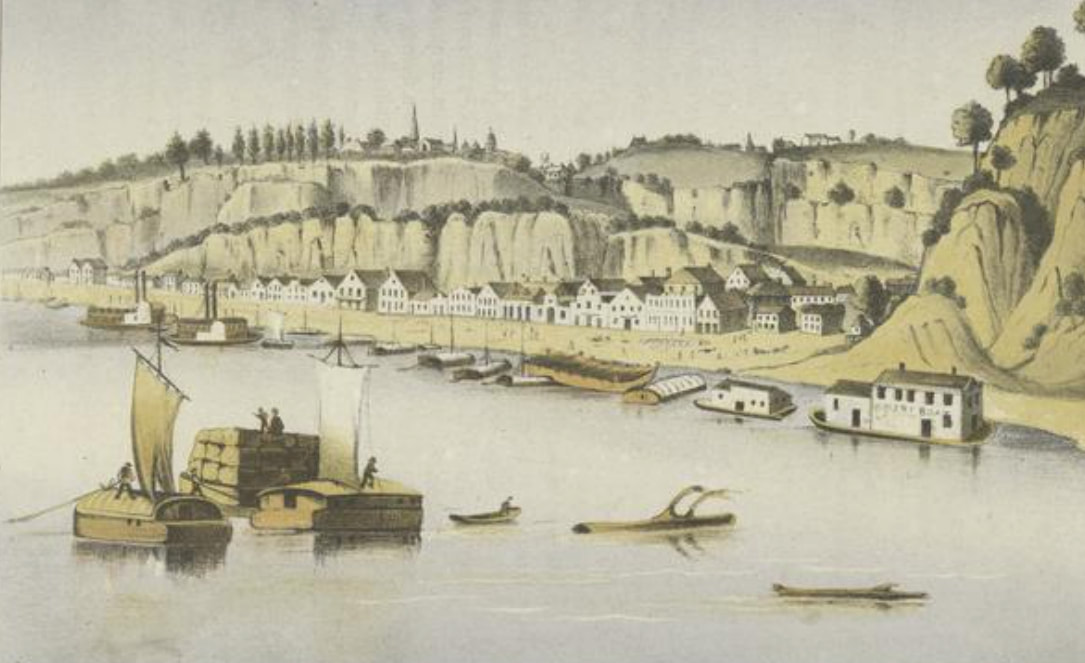
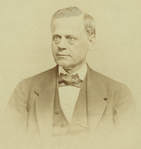
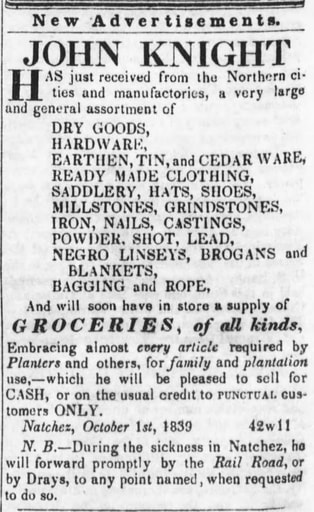
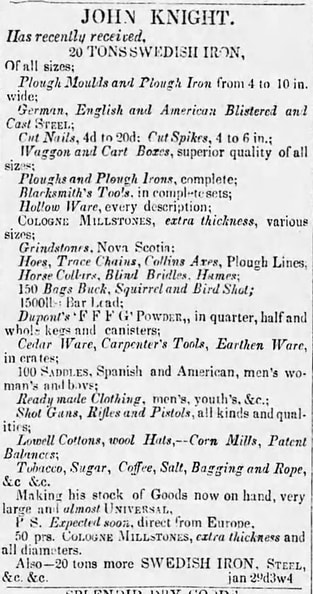
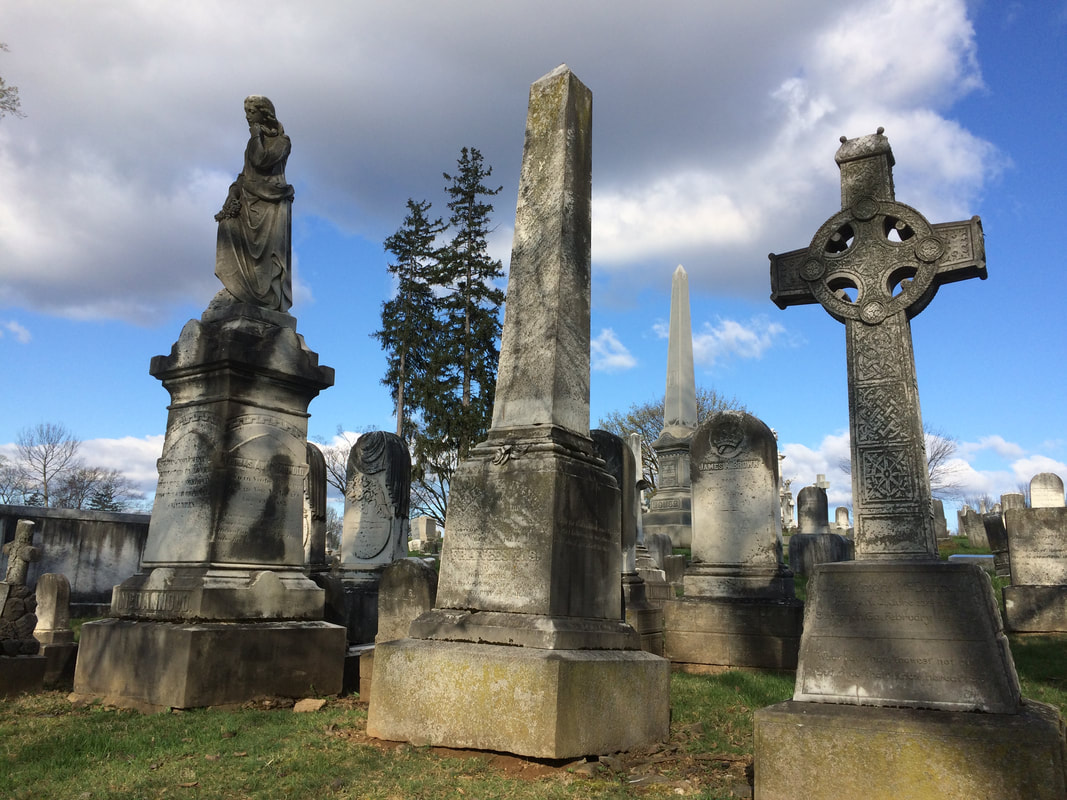
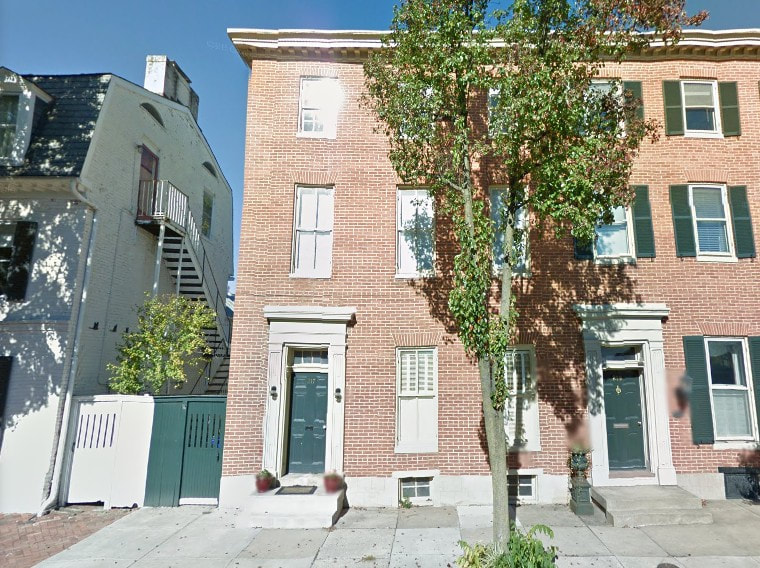
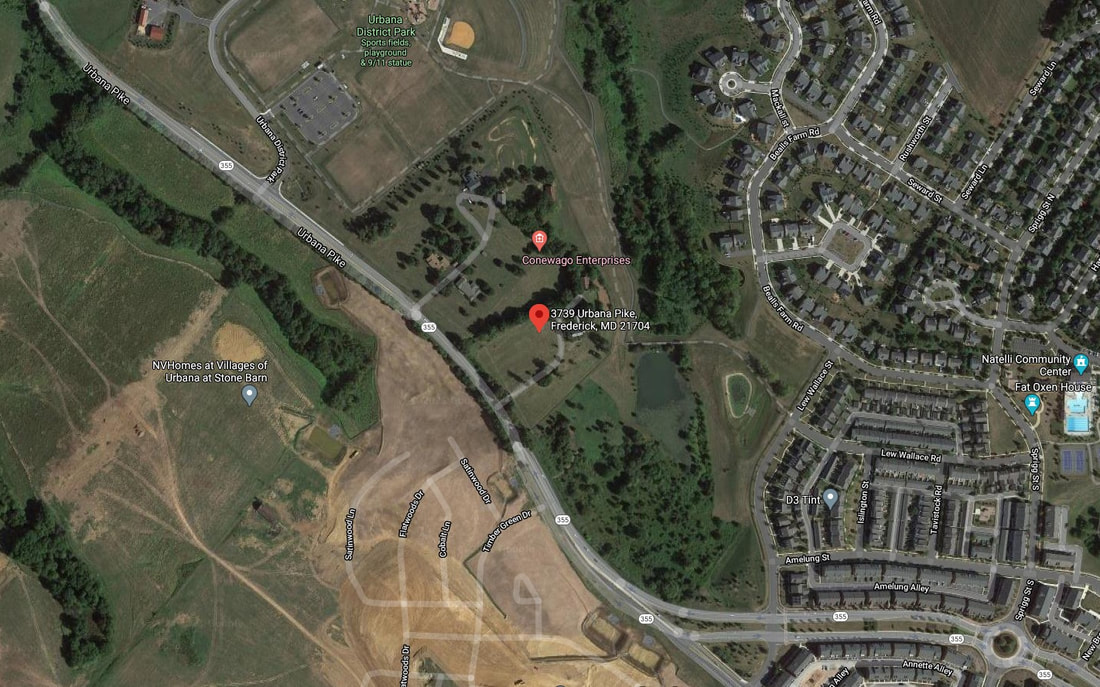
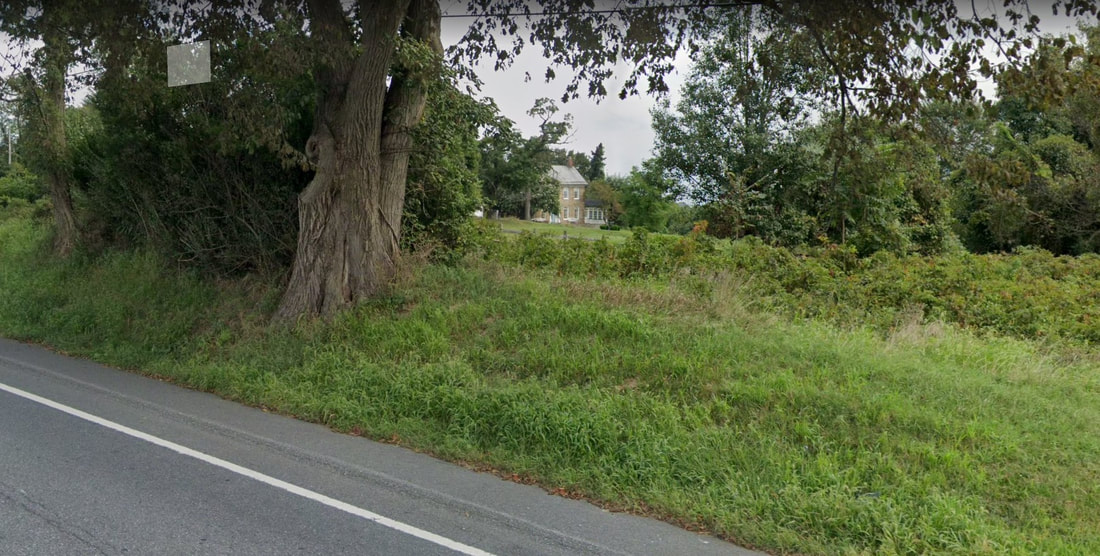
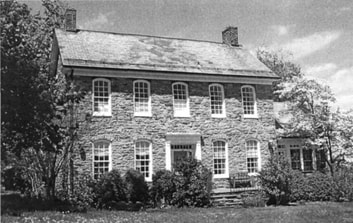
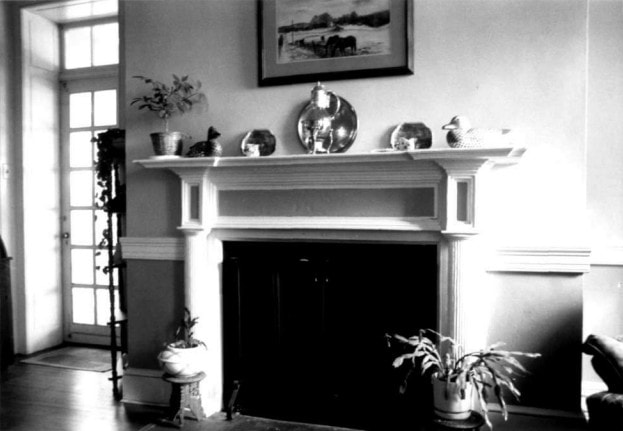

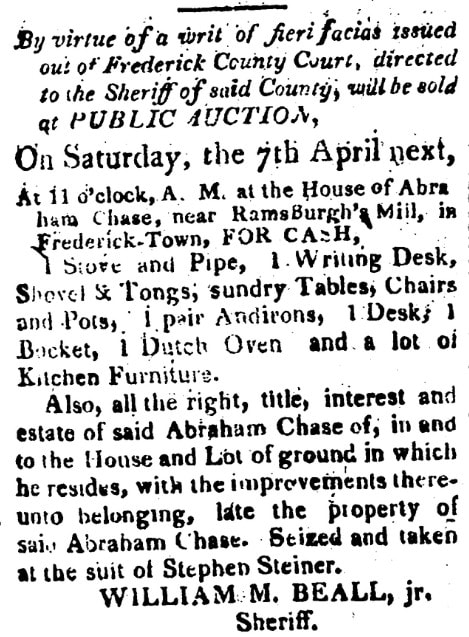
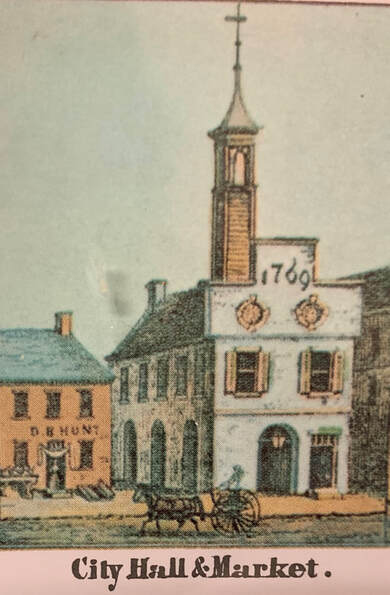
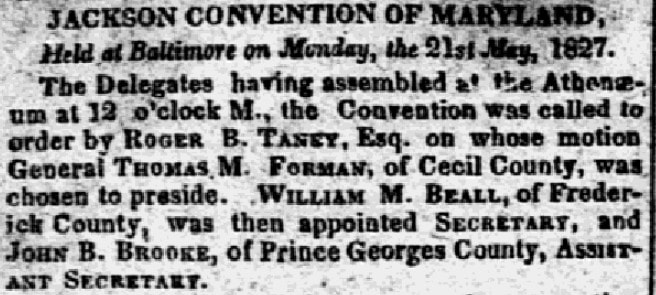
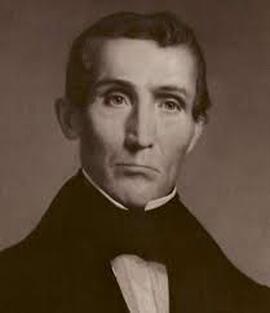
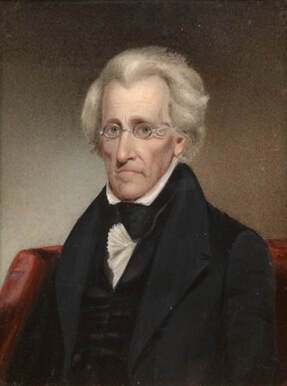
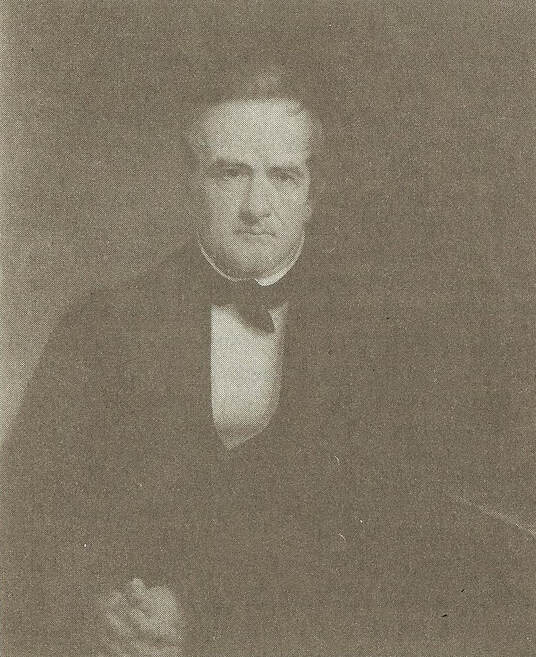
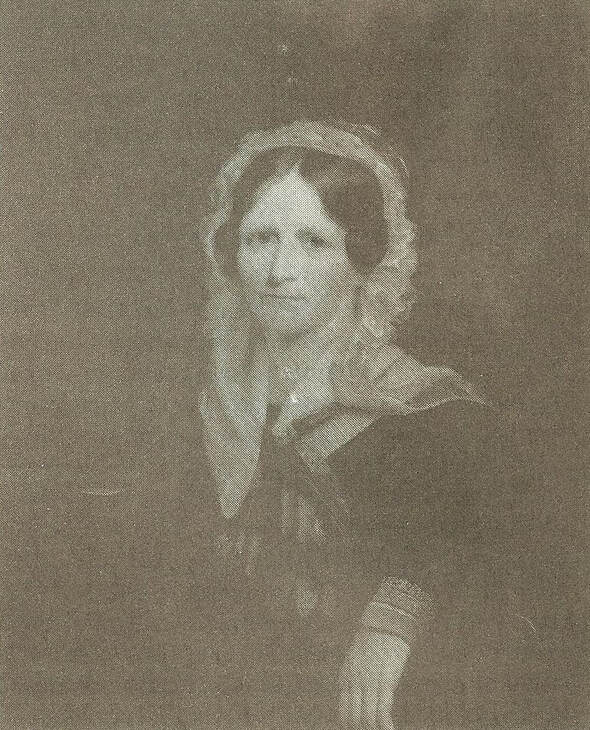
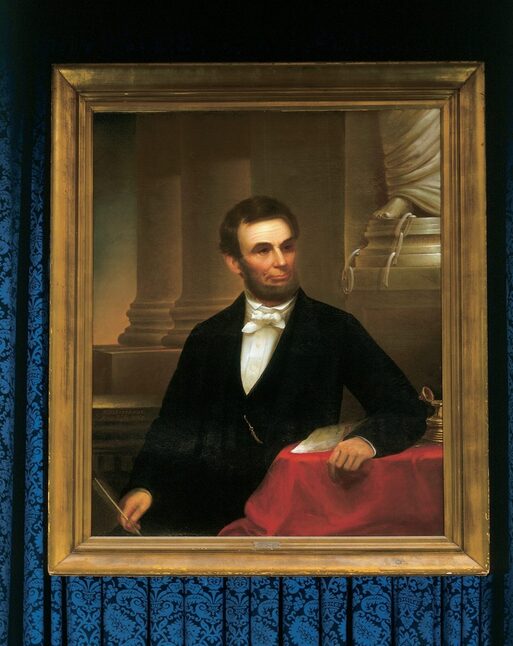
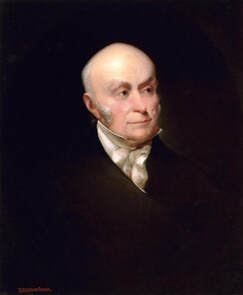
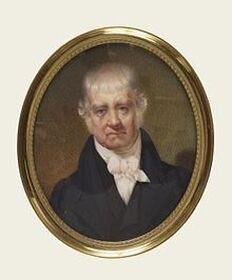
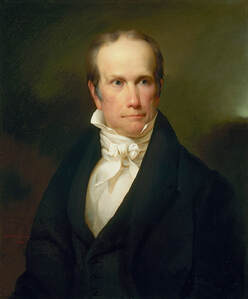
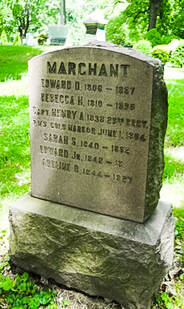
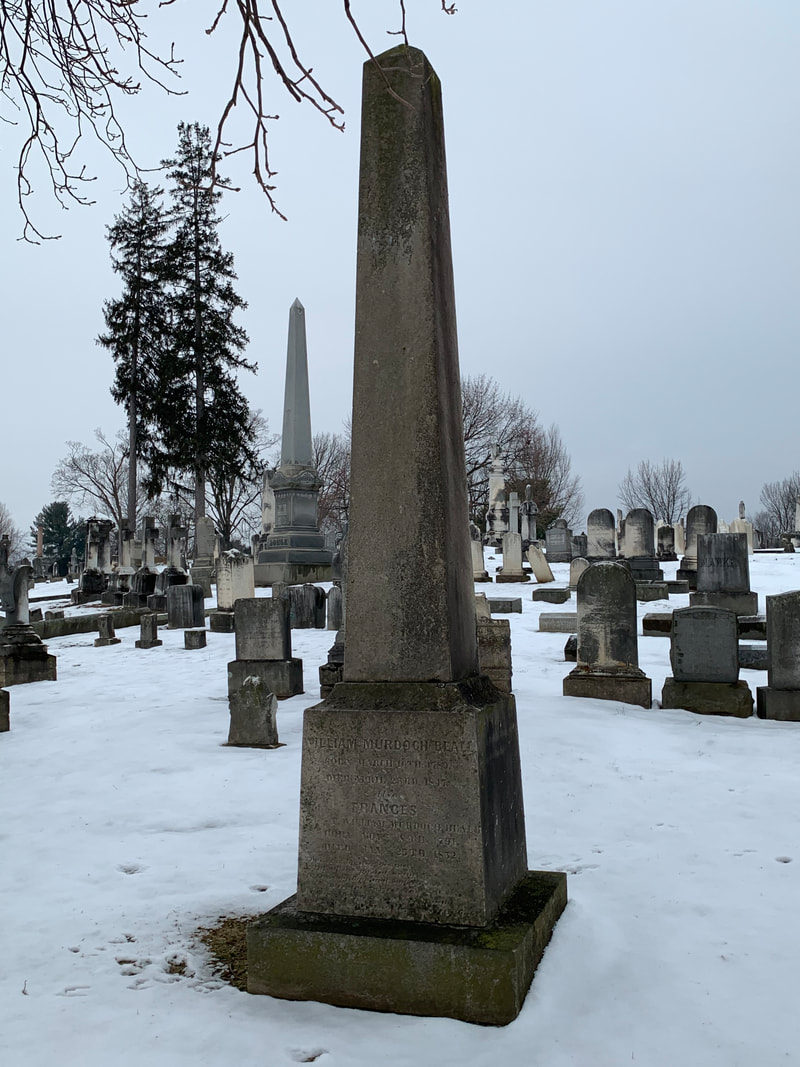
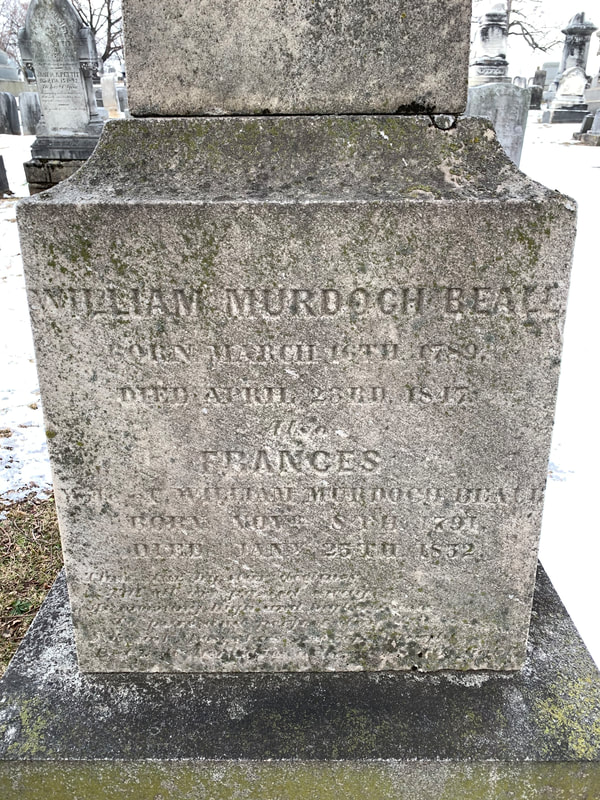

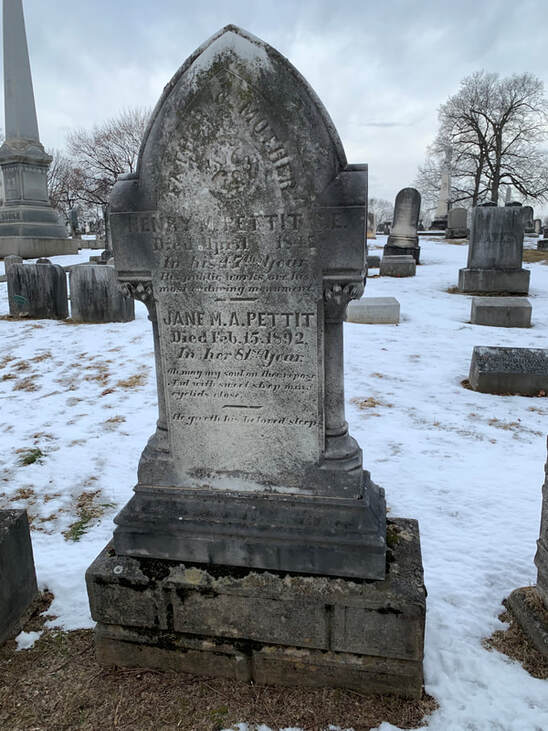
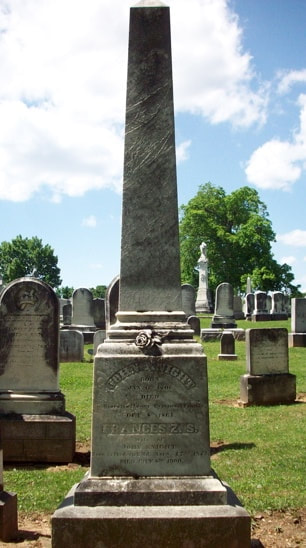
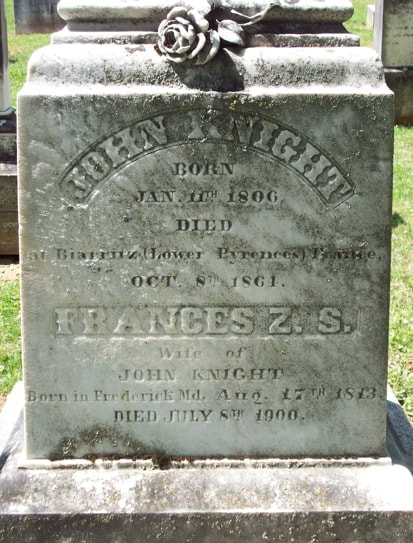
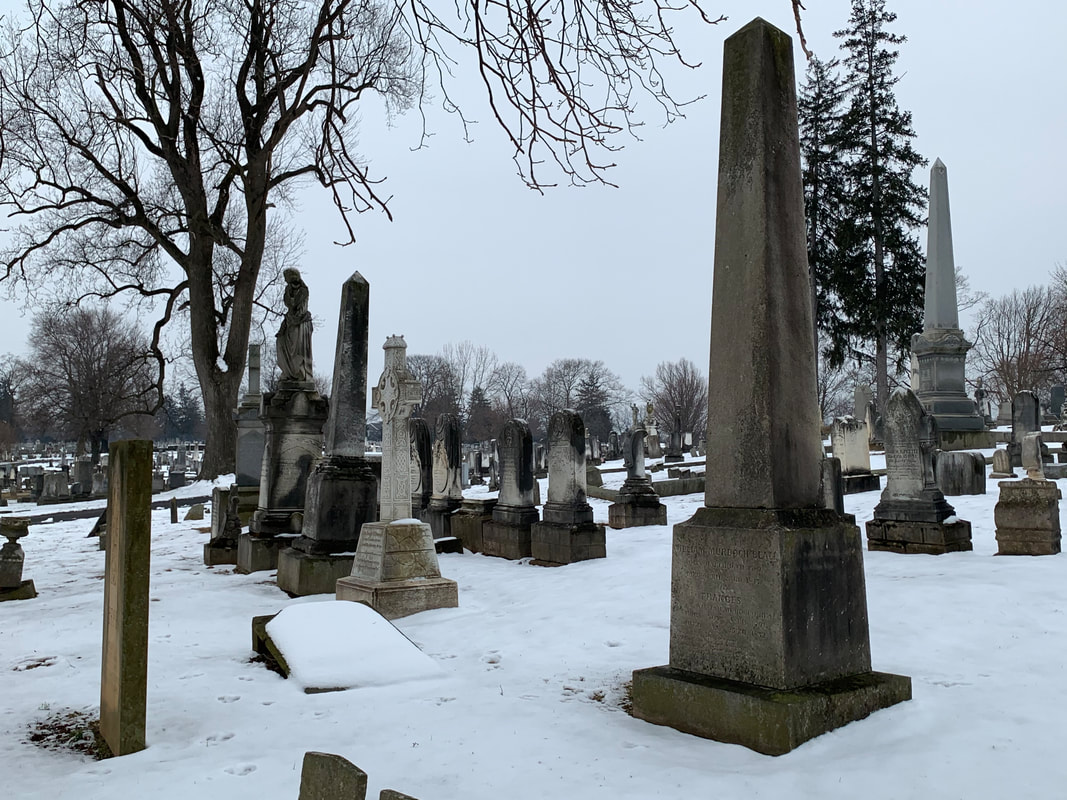

 RSS Feed
RSS Feed